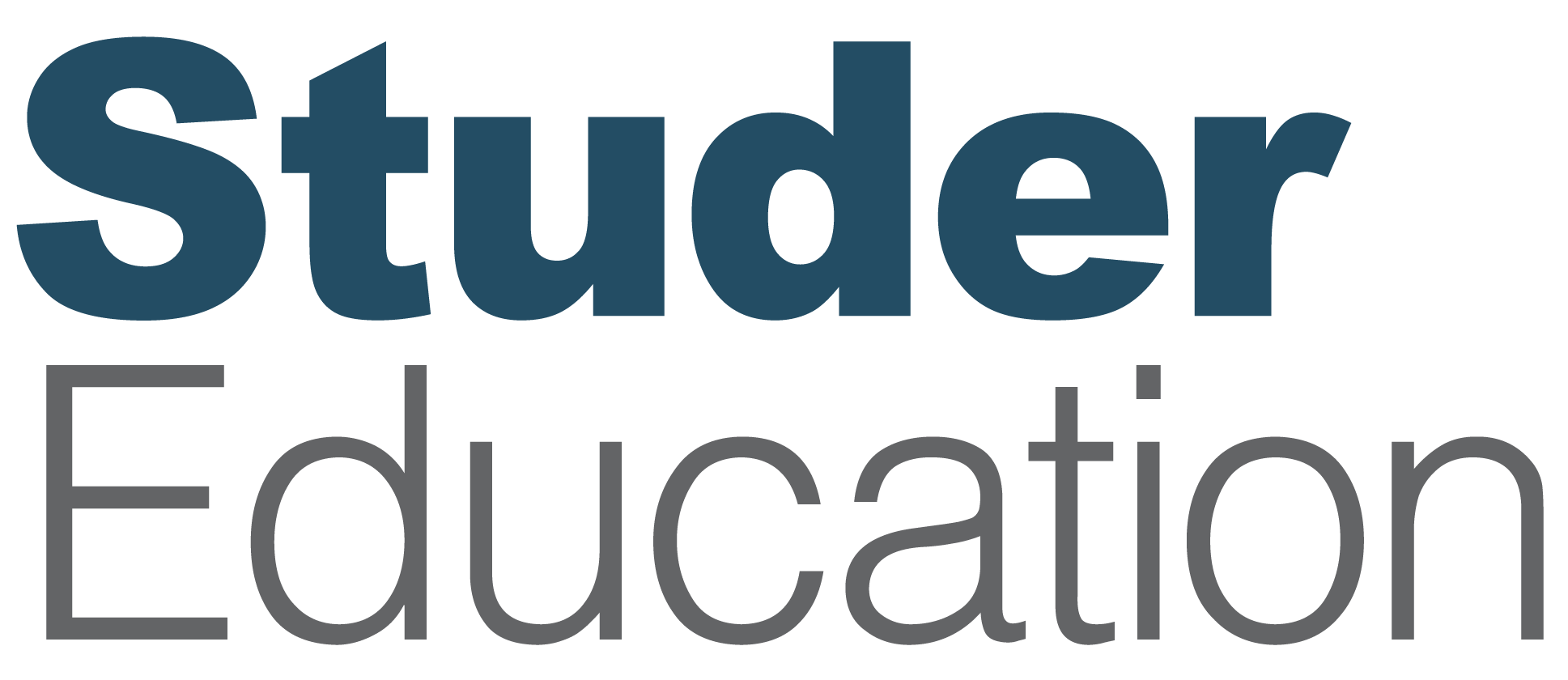
One thing is certain in leadership: wherever we are or whatever we are doing, we will always be leading and managing some sort of change. Ralph Waldo Emerson famously wrote, “People wish to be settled; only as far as they are unsettled is there any hope for them.” As leaders, a big part of what we do is to “unsettle.”
The Phases of Change
To illustrate the various stages people will find themselves in at some point in their lives and careers, we use the four phases of individual change (adopted from Gordon Training International’s Four Stages of Learning a New Skill): unconsciously unskilled, consciously unskilled, consciously skilled and unconsciously skilled. In Maximize Performance, authors Janet Pilcher and Quint Studer outline these phases as follows:
Phase 1: Unconsciously Unskilled
During this initial phase, we are very new to a role, process or skill. We don’t know what we don’t know because it is still too new. One could even say we are a bit incompetent. We’re not saying we didn’t bring competency to the job or that we’re going to stay incompetent. It’s just that in the current position, we are not nearly as competent as we need or want to be.
Phase 2: Consciously Unskilled
During the second phase, we are aware of what we don’t know. We’ve identified a gap between our current skill set and where we need to be to become successful.
Phase 3: Consciously Skilled
In this phase, the skill set is there, but reminders or checklists are still needed to fully execute responsibilities. We are likely unsettled, but we understand the need for change and have embraced it or at least have accepted it.
Phase 4: Unconsciously Skilled
In this fourth phase, a task can be completed without reminders. It has become second nature, and we can’t imagine doing it any other way. By executing the skill over and over, we become unconsciously skilled, or unconsciously competent. At this point, we can do more than one thing at a time, without even thinking about it.
Identify a Commitment to Improve
In order to move through the continuum of individual change, we must identify a skill or outcome we want to commit to improving. Here, we are striving to strengthen our skill set and move from being consciously unskilled to unconsciously skilled. The first step in this process is to identify a commitment that is important and insufficiently accomplished. Next, identify something to change and/or improve.
Additional Resources
Maximize Performance: Creating a Culture for Educational Excellence
EP52: Phases of Individual Change | Studer Education
The Four Stages of Learning: They’re a Circle, Not a Straight Line
